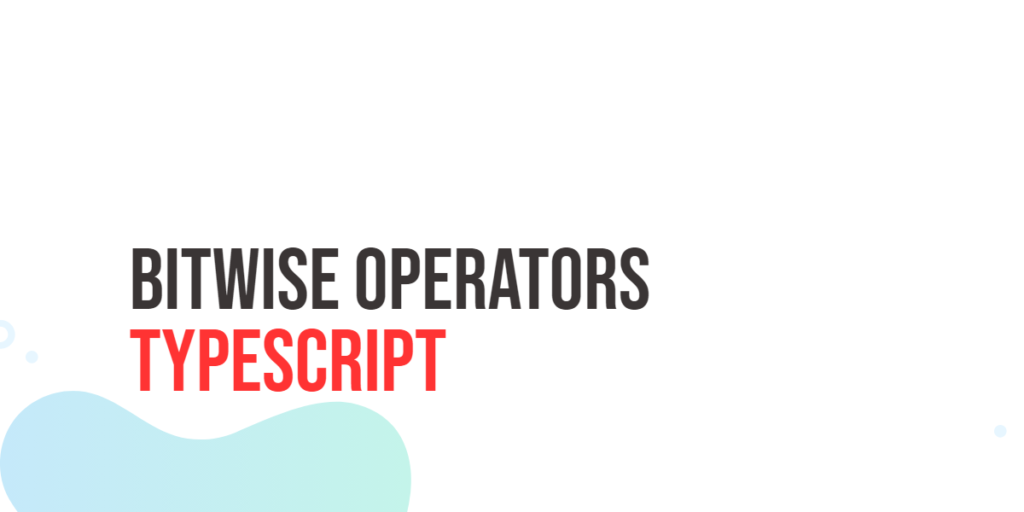Sorting is one of the most important skills for every programmer, as it helps arrange data in a logical order. Insertion Sort is a simple and intuitive sorting algorithm that is perfect for beginners. It teaches the core concepts of algorithm design, including loops, comparisons, and array manipulation, without overwhelming complexity.

with hands-on learning.
get the skills and confidence to land your next move.
Insertion Sort works by building a sorted portion of the array one element at a time. It takes each element from the unsorted portion and inserts it into the correct position within the sorted portion. This approach makes it highly effective for small datasets or arrays that are nearly sorted. Learning Insertion Sort not only builds programming confidence but also forms a foundation for understanding more advanced algorithms like Merge Sort and QuickSort.
Program 1: Insertion Sort Using Simple Loops
In this first example, we implement Insertion Sort using basic for loops. This approach is straightforward and allows beginners to understand how each element moves to its correct position.
package main
import "fmt"
func main() {
numbers := []int{12, 11, 13, 5, 6}
for i := 1; i < len(numbers); i++ {
key := numbers[i]
j := i - 1
for j >= 0 && numbers[j] > key {
numbers[j+1] = numbers[j]
j--
}
numbers[j+1] = key
}
fmt.Println("Sorted array:", numbers)
}This program works by picking each element from the unsorted portion of the array and comparing it backward with elements in the sorted portion. When it finds the correct position, it inserts the element there. Beginners will find this approach useful because it clearly demonstrates how data can be shifted and arranged step by step.
Program 2: Insertion Sort in Descending Order
Sometimes we want to arrange elements from largest to smallest. This version of Insertion Sort shows how a small change in comparison logic can sort the array in descending order.
package main
import "fmt"
func main() {
numbers := []int{12, 11, 13, 5, 6}
for i := 1; i < len(numbers); i++ {
key := numbers[i]
j := i - 1
for j >= 0 && numbers[j] < key {
numbers[j+1] = numbers[j]
j--
}
numbers[j+1] = key
}
fmt.Println("Sorted array in descending order:", numbers)
}Here, the only difference is the comparison operator, which now ensures that larger elements are moved forward. This shows beginners that sorting algorithms are flexible, and small changes can achieve different results without altering the overall logic.
Program 3: Insertion Sort Using a Function
Using a function to implement Insertion Sort makes the code cleaner and reusable. This version demonstrates how to encapsulate the sorting logic for better readability.
package main
import "fmt"
func insertionSort(arr []int) {
for i := 1; i < len(arr); i++ {
key := arr[i]
j := i - 1
for j >= 0 && arr[j] > key {
arr[j+1] = arr[j]
j--
}
arr[j+1] = key
}
}
func main() {
numbers := []int{12, 11, 13, 5, 6}
insertionSort(numbers)
fmt.Println("Sorted array using function:", numbers)
}By placing the sorting logic inside a function, beginners can easily sort different arrays without rewriting the code. This approach also introduces the idea of modular programming, which is essential for larger projects and helps maintain code clarity.
Program 4: Insertion Sort Using Recursion
Recursion is a powerful programming concept where a function calls itself to solve smaller parts of a problem. This version of Insertion Sort shows how recursion can replace loops.
package main
import "fmt"
func insertionSortRec(arr []int, n int) {
if n <= 1 {
return
}
insertionSortRec(arr, n-1)
last := arr[n-1]
j := n - 2
for j >= 0 && arr[j] > last {
arr[j+1] = arr[j]
j--
}
arr[j+1] = last
}
func main() {
numbers := []int{12, 11, 13, 5, 6}
insertionSortRec(numbers, len(numbers))
fmt.Println("Sorted array using recursion:", numbers)
}This recursive approach works by sorting the first n-1 elements and then inserting the last element in its correct position. Beginners can learn how recursion can simplify complex problems into smaller, manageable parts. It also provides a fresh perspective on how algorithms can be expressed differently.
Frequently Asked Questions (FAQ)
Insertion Sort is simple, but beginners often have a few questions while learning it.
Q1: What is Insertion Sort?
Insertion Sort is a sorting algorithm that builds a sorted portion of an array by picking elements from the unsorted portion and inserting them into the correct position.
Q2: Why is Insertion Sort good for beginners?
It is simple to understand, easy to implement, and teaches important programming concepts like loops, comparisons, and array manipulation.
Q3: Is Insertion Sort efficient for large datasets?
Insertion Sort is not very efficient for large arrays. Its average and worst-case time complexity is O(n²). It works best for small or nearly sorted datasets.
Q4: Can Insertion Sort be used in real-world applications?
Yes, for small datasets, simple applications, or nearly sorted data, Insertion Sort can be practical due to its simplicity and low overhead.
Q5: How can I improve Insertion Sort?
You can combine it with other algorithms like Merge Sort for larger datasets or practice using different approaches, such as recursive or descending order implementations, to deepen your understanding.
Conclusion
Insertion Sort is a beginner-friendly algorithm that teaches essential programming concepts like loops, comparisons, and recursion. By exploring multiple approaches, including ascending and descending order, functions, and recursion, beginners can develop confidence in understanding how sorting works.
Practicing these programs in GoLang helps learners strengthen their logic, improve coding skills, and prepares them for more advanced algorithms. The key is to experiment, modify the programs, and see how the sorting changes, making the learning experience both practical and enjoyable.







